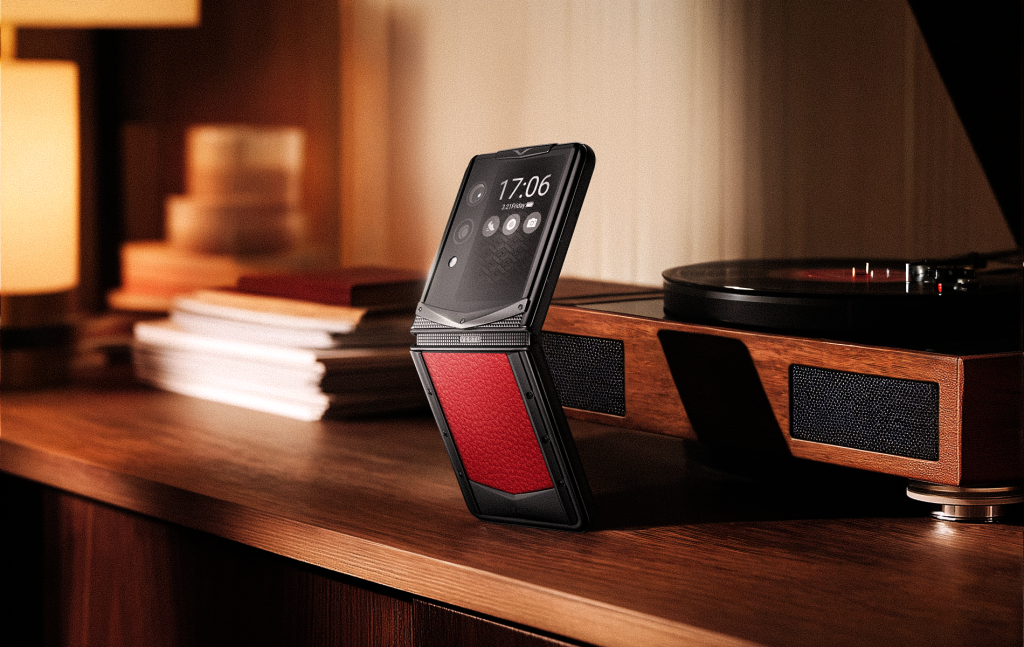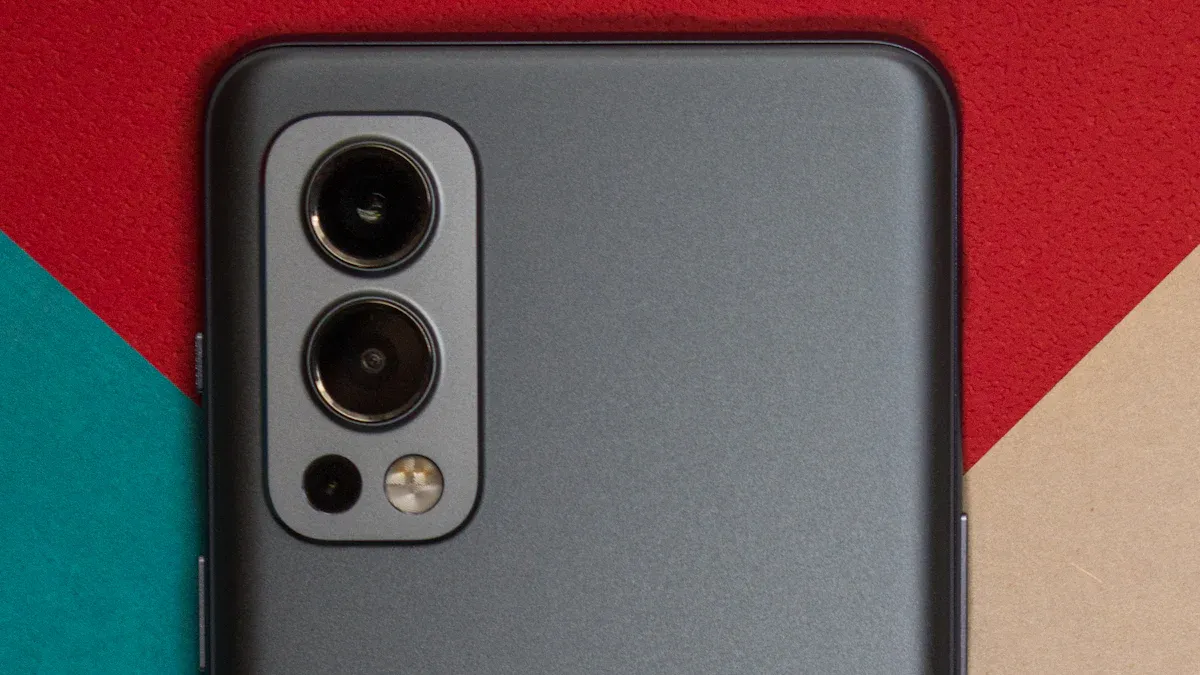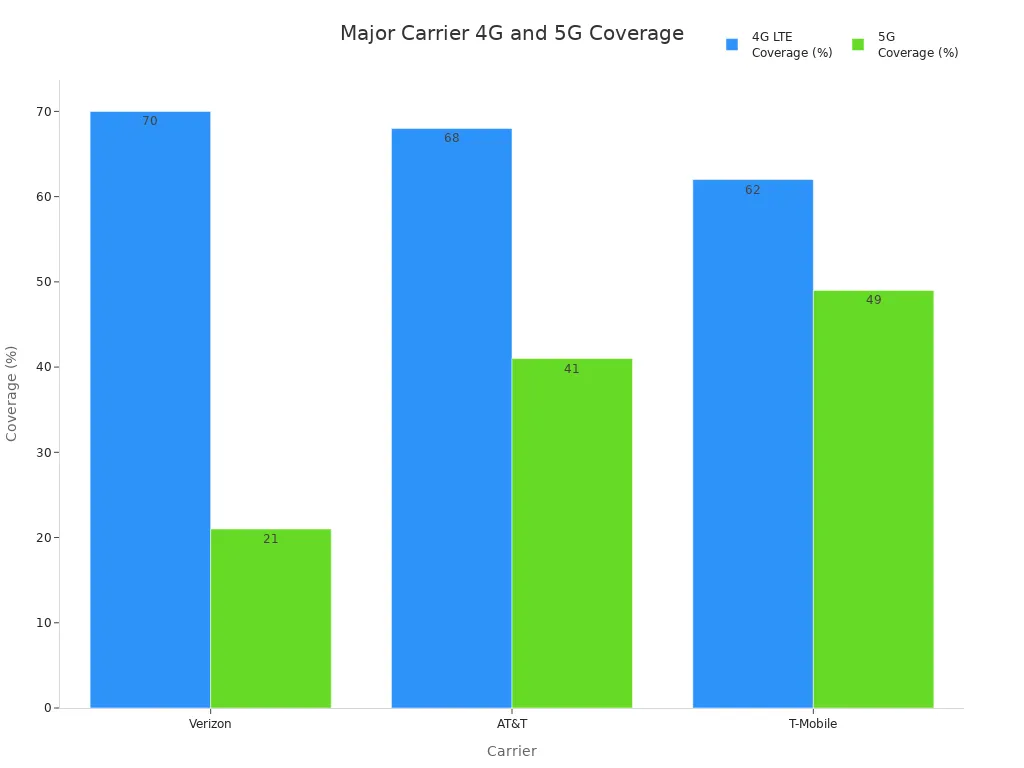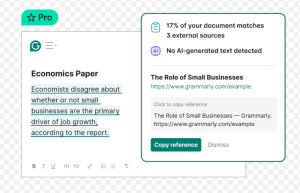
If you want good phone reception, choose a phone with strong signal in both rural and urban places. New network upgrades have made 5G and 4G better. But people in rural areas still have more dead zones and weaker signals than people in cities. Your daily tasks, like calling or using apps, need a good mobile signal. People in cities usually get faster speeds and better reception. People in rural areas use their phones more for fun and to stay in touch with others.
Key Takeaways
-
Pick a phone with strong antennas for better signal. Make sure it supports many frequency bands. This helps you get good reception in the city and country.
-
Choose a carrier with good coverage where you live. Verizon is good in the country. T-Mobile works well in cities.
-
Use signal boosters if your signal is weak inside. This helps if you live far from cell towers.
-
For country use, pick phones with low-frequency band support. Rugged phones help you stay connected through obstacles.
-
In cities, choose phones with advanced 5G support. Phones with more antennas work better with fast speeds and busy networks.
Top Mobile Phones

Key Takeaway: To get the best reception, you need to think about your phone and where you use it. Some smartphones work better in cities, while others are better in the countryside.
Best Phone Reception
You might ask which smartphones have the best phone reception. The answer depends on how a phone handles different network signals. Some phones have stronger antennas and better modems. These help you get good reception even if the signal is weak. The Vertu Quantum Flip is special because it uses rare materials like phoenix flame agate and a sapphire crystal screen. It also has quantum encryption, a Snapdragon 8 chip, and a 50MP AI camera. You get a 24/7 concierge service, so you always have help. These features make the Vertu Quantum Flip a top choice if you want a mobile phone with luxury, security, and strong cell phone reception.
There are other smartphones known for their best reception. The Samsung Galaxy S25 Ultra, iPhone 16 Pro Max, OnePlus 12, Google Pixel 9 Pro, Sony Xperia 1 IV, Motorola Razr 2025, LG V40, Cat S75, and Motorola One 5G all do well in network tests. These phones use advanced antennas and support many network bands. This means you get reliable reception in most places.
Rural and Urban Picks
You might wonder which smartphones are best for rural areas and which are better for cities. The answer depends on how each phone handles different frequencies and network types. In rural areas, you need a mobile phone that can pick up low-frequency signals. These signals travel farther and go through things like trees and hills. Phones like the Samsung Galaxy S24 Ultra, Cat S75, and LG V40 ThinQ are good for this. They have strong antennas and support the bands used by rural towers. This helps you get the best reception even far from the city.
If you live in a city, you want a smartphone that can handle fast 5G speeds and lots of users. The iPhone 16 Pro Max, Samsung Galaxy S25 Ultra, and Google Pixel 9 Pro are great for city life. These smartphones support high-frequency 5G bands. This gives you fast downloads and smooth streaming. They also switch between 4G and 5G networks easily, so you always have the best reception.
Here’s a quick look at how different smartphones work on different network frequencies. This can help you decide which one fits your needs:
|
Frequency (MHz) |
Best Phone for Voice Calls |
Best Phone for 5G Data |
Best Phone for 4G Data |
|---|---|---|---|
|
700 |
OnePlus 10 Pro |
iPhone 13 |
N/A |
|
900 |
Sony Xperia 5 III |
N/A |
Samsung Galaxy S22 |
|
1800 |
Sony Xperia 5 III |
N/A |
OnePlus 10 Pro |
|
2100 |
Sony Xperia 5 III |
N/A |
OnePlus 10 Pro |
|
3500 |
N/A |
OnePlus 10 Pro |
N/A |
This table shows that some smartphones work better on certain frequencies. For example, the OnePlus 10 Pro is strong on 700 MHz, which is important for rural coverage. The Sony Xperia 5 III does well on several bands. This makes it a good all-around choice for best phone reception.
You should also think about your SIM card. Even the best smartphone can have problems if you use an old or damaged SIM card. A 5G SIM card works better with new networks. It gives you smoother connections, especially when switching between 4G and 5G. If you want the best reception and future-proof performance, make sure your SIM card matches your phone and your carrier’s network.
Network Performance
Key Takeaway: Your mobile experience depends on your phone’s hardware and where you use it. Knowing what affects your mobile signal helps you get the best reception in the city or countryside.
Mobile Signal Factors
Some phones get better reception than others. This is because of antenna design, modem quality, and the frequency bands your phone supports. Each part helps your phone connect to the network and affects your signal.
-
Directional antennas send signals in one direction. This makes reception and transmission stronger.
-
Omnidirectional antennas send signals everywhere. This gives wider coverage but sometimes weaker signal strength.
-
Modern smartphones use new antenna technology like MIMO and beamforming. These let your phone use more than one antenna at a time. This improves signal quality, reliability, and speed.
-
The modem in your phone connects your device to the network. A good modem gives you faster speed, better coverage, and access to the latest 5g and 4g data. If your modem is old, you might not get the best reception, even if your carrier upgrades its towers.
-
Supported frequency bands are important too. Phones that support more bands can connect to more towers and get better cellular reception. Lower frequencies travel farther and go through walls, which is good for rural areas. Higher frequencies give faster 5g data in cities but do not travel as far.
Location Impact
Where you are changes how well your phone gets a signal. In cities, there are many towers and advanced network systems. This means you usually get strong 5g and 4g coverage. But tall buildings and heavy traffic can block signals and cause problems. High-rise buildings and crowded neighborhoods can make your signal weaker and slow down your speed. Still, city networks use small cells and special antennas to help you get the best reception.
In rural areas, things are different. There are fewer towers and more natural barriers like hills and trees. This makes it harder to get good cellular reception. Being far from a tower, rough land, and even weather can make your signal weaker. Lower frequency bands help your phone reach towers that are far away. But you might still notice drops in quality or speed. Providers try to put towers in good spots and use signal boosters. But people in rural areas often have more trouble getting the best reception.
|
Environment |
Infrastructure |
Signal Challenges |
Best for |
|---|---|---|---|
|
Urban |
Dense, advanced |
Building density, congestion |
Fast 5g, high speed |
|
Rural |
Sparse, basic |
Distance, terrain, obstacles |
Long-range, reliable coverage |
Maximizing Signal
Key Takeaway: You can get better cellular reception by picking the right carrier and using tools like signal boosters, especially if you deal with poor network coverage.
Carrier Choice
Picking the right carrier really matters for your phone use. If you live in the country or travel outside cities, you need a carrier with strong coverage and reliable cellular reception. Verizon is great for rural users because it uses lower frequency bands. These bands travel farther and cover more land. This means you have fewer dead zones and a better signal, even far away from cities. AT&T also gives good coverage, especially in towns and cities, but it sometimes does not work as well in the most remote places. T-Mobile has the fastest 5G speeds in cities and suburbs, but its rural coverage is still getting better. If you often have poor network coverage, Verizon usually gives you the best chance for a strong signal.
Here’s a quick look at how the major carriers compare for both rural and urban locations:
|
Carrier |
4G LTE Coverage (%) |
5G Coverage (%) |
Rural Coverage Summary |
Urban Coverage Summary |
|---|---|---|---|---|
|
Verizon |
70 |
21 |
Strong and reliable in rural areas, especially in the eastern U.S.; weaker in western rural areas |
Excellent urban coverage; 5G focused mainly on urban areas due to mmWave technology |
|
AT&T |
68 |
41 |
Solid rural coverage with many towers in East Coast, Southeast, Midwest, and West Coast; reliable signal in rural areas |
Balanced 5G and 4G LTE coverage with good urban service |
|
T-Mobile |
62 |
49 |
Spotty rural coverage; less extensive 4G LTE network |
Largest 5G footprint with excellent urban coverage |

Signal Boosters
If you have trouble with poor network coverage at home or work, a signal booster can help. These devices take the signal from outside and make it stronger inside your building. You will see a big difference in cellular reception, especially if you live far from a tower or in a building with thick walls. Signal boosters work well in rural areas where the signal is weak but still there. They also help in cities by fighting against building materials that block signals. Most boosters are easy to set up, and you can find ones that work with all major carriers. Just remember, a booster needs at least a small signal outside to work. If you have no signal at all, a booster cannot help.
Tip: Always check that your booster is FCC-certified. This makes sure it is safe, legal, and works well with your carrier.
Choosing a Mobile Phone
Key Takeaway: Picking the right mobile phone depends on where you use it most. You need to match your device’s features to your environment for the best reception and quality.
Rural Needs
If you live in the country, you need a phone that works far from towers. Look for smartphones with strong antennas and support for low-frequency bands like 700 MHz. These bands go farther and work better through trees, hills, and inside buildings. Studies show low-frequency bands help you get better signal indoors and fewer dropped calls, even in basements. Rugged smartphones are good because they keep a signal longer and can handle drops, water, and dust. They often use Wi-Fi, 4g, and radio frequencies together, so you stay connected when the cellular network is weak.
Here’s a quick checklist for rural users:
-
Pick a carrier with good rural coverage and check their maps.
-
Choose smartphones that work with many frequency bands and carriers.
-
Use a signal booster if your reception is weak at home or in your car.
-
Try Wi-Fi calling and texting when your cellular signal drops.
-
Change your phone’s settings to save battery and help your signal.
-
Think about rugged smartphones for better strength and signal holding.
Urban Needs
Living in a city brings different problems. Cities have many towers, but tall buildings and traffic can block signals. You want a smartphone that supports advanced 5g bands, like mid-band and mmWave. These bands give you the fastest speed and best quality, even when lots of people use the network. Modern smartphones with MIMO antennas and support for many 5g and 4g bands help you get strong reception and smooth streaming. Phones that work well with apps like OpenSignal or RootMetrics let you check network quality right away.
|
Feature |
Why It Matters in Cities |
|---|---|
|
5g mid-band/mmWave |
Gives you top speed and more capacity |
|
MIMO Antenna |
Handles many users without losing quality |
|
Carrier Compatibility |
Makes sure you get the best performance |
|
Network Diagnostic Apps |
Helps you find the best signal |
Tip: Make sure to balance features, network compatibility, and your needs. The best mobile phone is the one that fits your life and keeps you connected wherever you are.
Key Takeaway: You get the best phone reception when you match a high-quality phone with the right carrier.
If you live in the country, try phones like the Samsung Galaxy S24 Ultra or Cat S75. City users do well with the iPhone 16 Pro Max or Google Pixel 9 Pro. Always check that your phone’s antenna and modem are strong. Phones with Qualcomm modems often work better in weak signal spots. Make sure your phone matches your carrier’s network for top speeds and clear calls. Choose wisely—your connection depends on it!
FAQ
Key Takeaways:
This FAQ helps you solve common problems about mobile phone reception, network choices, and device features. You will find quick answers for both rural and urban use.
What features help a phone get better signal in rural areas?
Look for a phone with a strong antenna, support for low-frequency bands, and rugged build. Phones like the Cat S75 or Samsung Galaxy S24 Ultra work well. These features help you stay connected, even far from cell towers.
How do I know if my carrier has good coverage where I live?
Check your carrier’s coverage map online. You can also use apps like OpenSignal to see real-world signal strength in your area. Ask neighbors about their experience. This helps you pick the best carrier for your location.
Can a signal booster really improve my phone’s reception?
Yes! A signal booster takes a weak outside signal and makes it stronger inside your home or car. You will notice fewer dropped calls and faster data. Make sure your booster matches your carrier and is FCC-certified.
Do I need a special SIM card for 5G phones?
You do. A 5G SIM card lets your phone use the latest networks. If you use an old SIM, you might miss out on faster speeds and better coverage. Ask your carrier for a new SIM if you upgrade your phone.








